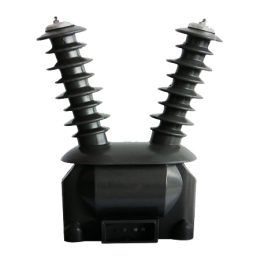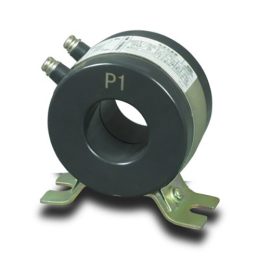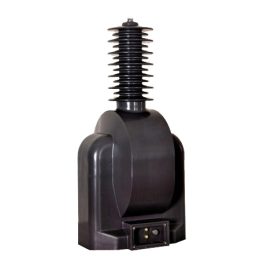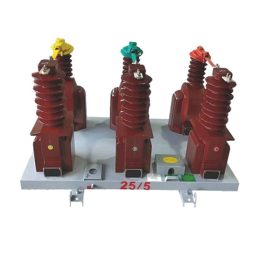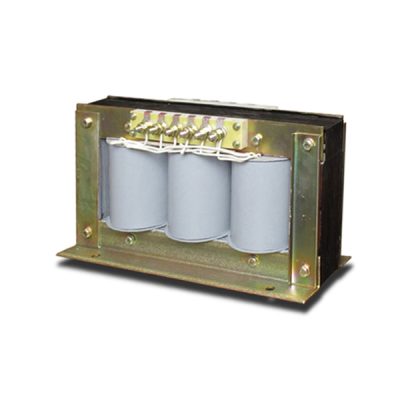
Transformador de Potencial de Baixa Tensão Tipo Seco JSGW-0.5 com Design Trifásico de Cinco Pernas
Overview The JSGW-0.5 (JSGW-0.5F) Voltage Transformer is a compact, innovative dry-type insulated transformer designed for precise voltage measurement, power metering, and relay protection in electrical systems. Engineered for three-phase, five-leg applications with auxiliary secondary windings and open-delta connections, it is ideal for indoor use in power systems operating at 3kV, 6kV, and 10kV, with a […]
Overview
The JSGW-0.5 (JSGW-0.5F) Voltage Transformer is a compact, innovative dry-type insulated transformer designed for precise voltage measurement, power metering, and relay protection in electrical systems. Engineered for three-phase, five-leg applications with auxiliary secondary windings and open-delta connections, it is ideal for indoor use in power systems operating at 3kV, 6kV, and 10kV, with a frequency of 50Hz AC.
This voltage transformer reduces high primary voltages to standard secondary voltages to safely power measuring instruments and protection devices. Its advanced design ensures exceptional accuracy and reliable performance. Featuring low-voltage startup, over-voltage protection, and backup automatic switching capabilities, the JSGW-0.5 is widely adopted in medium and large enterprises. It meets the diverse needs of modern electrical networks, providing consistent and accurate voltage signals for enhanced system reliability and protection in various operational environments.

Type Designation
The following explains the type designation for the JSGW-0.5 voltage transformer:
- J: Voltage Transformer
- S: Three-phase
- G: Five-leg core
- W: Dry type
- 0.5: Voltage grade (kV)
Note: For specific requirements or customizations, please contact our technical team for tailored solutions.
Construction of JSGW-0.5 Low Voltage Potential Transformers
This voltage transformer features an external iron core with three central columns and two outer columns. The core is constructed using high-quality cold-rolled silicon steel sheets, and the transformer is designed as a dry-type unit.
The output markings include:
- Primary winding: A, B, C, 0
- Secondary winding: a, b, c, 0
- Auxiliary secondary winding: ad, xd
It is critical to ensure that the secondary winding is not short-circuited while voltage is applied to the primary winding; otherwise, the transformer will be damaged. The robust structural design ensures high performance and reliability in diverse operational environments.
Technical Data for JSGW-0.5 Low Voltage PT
| Rated Voltage Ratio (V) | 380/√3 100/√3 100/3 | 500/√3 100/√3 100/3 |
|---|---|---|
| Frequency (Hz) | 50 | 50 |
| Rated Output (VA) | 50 80 250 340 0.5/3 |
50 80 250 340 0.5/3 |
| For Accuracy Class 0.5 | ||
| For Accuracy Class 1 | ||
| For Accuracy Class 3 | ||
| Max. Rated Output (VA) | ||
| Insulation Level (kV) |
Outline and Dimensions of Installation

The Principle Diagram of Wiring
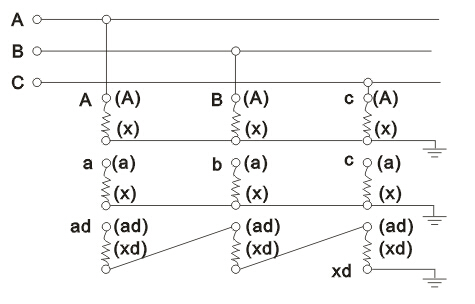
JDGW-0.5 voltage transformers Principle Diagram of Wiring
When ordering, please specify the following:
- Insulation level;
- Ratio of primary and secondary voltage;
- Number of cores, output, and accuracy class;
- Test specification.
For special parameters, requirements, and installation dimensions, please contact us.
FAQs for JSGW-0.5 Voltage Transformer
- What are the main functions of the JSGW-0.5 Voltage Transformer?
It is used for voltage measurement, power metering, and relay protection in low-voltage systems, ensuring accuracy and operational safety. - What voltage levels are supported by the JSGW-0.5 Voltage Transformer?
The transformer supports 3kV, 6kV, and 10kV systems with a rated frequency of 50Hz. - Is the JSGW-0.5 suitable for outdoor installations?
No, it is designed for indoor use only and must be installed in a controlled environment. - Can the JSGW-0.5 be customized for specific applications?
Yes, customization is available for voltage ratios, secondary outputs, and accuracy classes to suit unique requirements. - What is the safety precaution for operating the JSGW-0.5?
Ensure the secondary winding is not short-circuited while voltage is applied to the primary winding, as this may damage the transformer.
